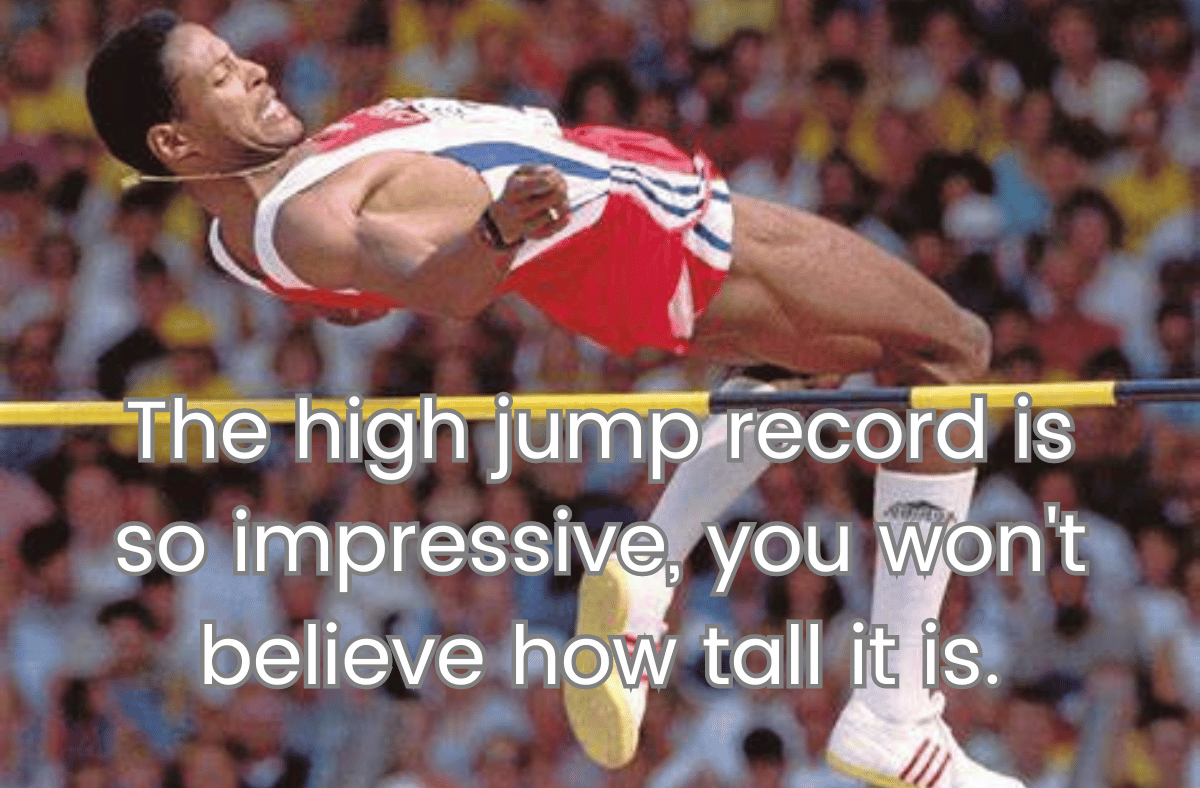For those in a hurry
- Long jumpers can reach speeds of up to 35 km/h before they take off. That’s faster than a cheetah, which can run at 32 km/h.
- Long jump is the only jumping event that was part of the ancient Olympics. It was a form of training for warfare, as it helped soldiers cross obstacles like streams and ravines.
- Long jump requires a combination of agility, strength and speed. The jumpers have to run on a 40-meter runway, take off from a 20-centimeter board, fly in the air and land in a sandpit.
Long Jumpers: How to long jump like a pro
Long jump may look simple, but it is one of the most technically difficult track and field events to master. Here are some tips on how to long jump like a pro:
- The approach run: This is the sprint towards the take-off board, where the jumper builds up speed and momentum. The length of the run-up depends on the jumper’s preference, but it should be consistent and controlled. A good run-up can make or break a jump.
- The final two strides: These are the most important steps before the take-off. The jumper has to lower their center of gravity, extend their stride and plant their foot firmly on the board. The foot should not cross the foul line, or the jump will be invalid.
- The action in air: This is where the jumper shows their style and technique. There are different ways to fly in the air, such as the hang, the hitch-kick and the sail. The jumper has to balance their body, maintain their speed and angle their legs for landing.
- The landing: This is where the jumper tries to maximize their distance by stretching their legs forward and falling into the sandpit. The jumper should land on both feet and avoid falling backwards. The distance is measured from the edge of the board to the closest mark in the sand.
Long Jumpers: Fun facts about them
- Long jumpers wear spikes on their shoes to improve their grip and traction on the runway. The spikes cannot be more than 13 millimeters thick.
- Long jumpers have one minute to complete their jump after they enter the runway. They usually get six attempts in a competition, and the best one counts.
- Long jumpers have to deal with wind factors that can affect their performance. A tailwind can help them jump farther, while a headwind can slow them down. The maximum allowable wind speed for a legal jump is 2 meters per second.
- Long jumpers are often good at other events, such as sprinting and triple jump. Some famous examples are Carl Lewis, Jesse Owens and Jackie Joyner-Kersee.






















